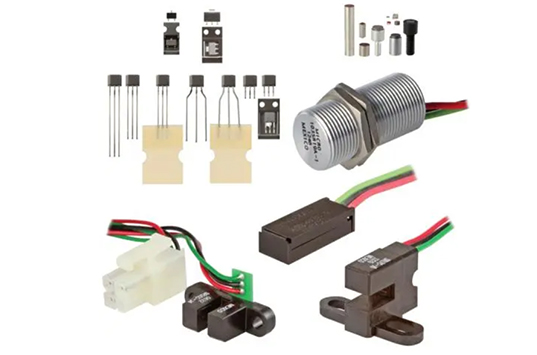
Application scenario 1: Photovoltaic inverter
Photovoltaic inverter is an important component of the entire photovoltaic system, although it only accounts for 8%-10% of the total cost of the system, but directly affects the efficiency of power generation, operation stability and service life, because the inverter shipment and photovoltaic newly installed amount is completely related, the future with the vigorous development of photovoltaic power generation market, photovoltaic inverter shipment will increase substantially, its cost competition is increasingly fierce.
The topology of a typical distributed photovoltaic inverter consists of DC input link (group input conjunctions), DC Boost link (Boost MPPT line), DC inverter AC link (DC/AC), and AC output link (leakage current detection). Current detection is essential in each link.
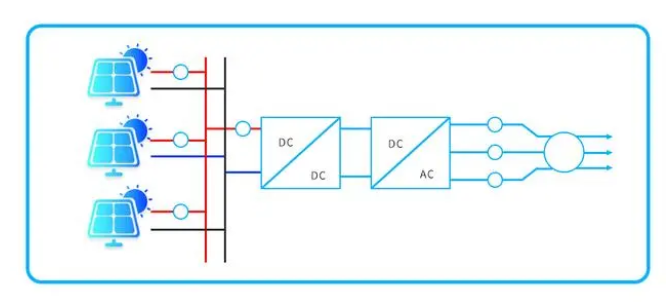
At present, most manufacturers choose open loop Hall current sensors on the DC side, because the current sampled on the DC side generally only does measurement and protection, not control function, the measurement accuracy of 1%-2% can meet the usage requirements, at the same time, because of the DC current, the bandwidth requirements are not high, so choose low-cost open loop Hall current sensors.
On the AC side, most manufacturers adopt closed-loop Hall current sensor, because the AC side needs to feedback the sampled current output to the single chip microcomputer for control. The higher the accuracy (0.3%-0.8%), the higher the accuracy of controlling the output current. At the same time, the closed-loop Hall current sensor has a bandwidth of up to 100-200KHz, which can also capture the current disturbance caused by high-frequency modulation more finely.
Application scenario 2: Frequency converter
The frequency converter is a kind of adjustable speed drive system. The frequency conversion drive technology is used to change the frequency and amplitude of the working voltage of the AC motor to smoothly control the speed and torque of the AC motor. The biggest advantage of frequency converter is that it can provide the required power supply voltage according to the actual needs of the motor, so as to achieve the purpose of energy saving and speed regulation. At the same time, it can also integrate over current, over voltage, overload and other protection functions. With the continuous improvement of industrial automation, frequency converter has been widely used.
As shown in the figure below, the typical voltage-type converter main circuit topology includes three-phase rectifier (AC/DC), DC part and inverter part (DC/AC). Similarly, the output of DC part and inverter part also needs to be tested for current.
The current sampling at the DC side is only used to detect the straight-through fault of the bridge arm, which requires low accuracy but high response time (μs level). Therefore, the open-loop Hall current sensor can be selected. Even for some schemes, the straight-through protection of the bridge arm is realized by intelligent drive optical coupler, and the current detection can be omitted on the DC side.
Ac current detection is used to achieve dead zone compensation, no trip current closed-loop, overload protection, overcurrent protection, phase loss protection and other functions. There are high requirements for the accuracy, linearity and response time of current detection. In order to prevent misoperation or misprotection, closed-loop Hall current sensors with high precision and linearity are selected.
Application Scenario 3: Dynamic Reactive Power Compensator (SVG)
The reactive power compensation device (SVG) is generally connected in parallel with the power grid system, equivalent to a variable reactive current power supply, its reactive current can quickly change with the load reactive power changes, automatic compensation system required reactive power, improve the power factor of the grid, reduce network loss, is now an important equipment of flexible AC transmission system. With the development of power systems and the improvement of various technologies, the development of SVG reactive power compensation devices will become better and better.
A typical SVG application block diagram is as follows: The whole system is connected between the grid and the load by means of inductors in parallel. The system contains three-phase rectifier part, three-phase inverter part, main control part and acquisition part, among which the acquisition part includes grid side voltage and current acquisition, inverter part output current acquisition and DC side voltage acquisition.
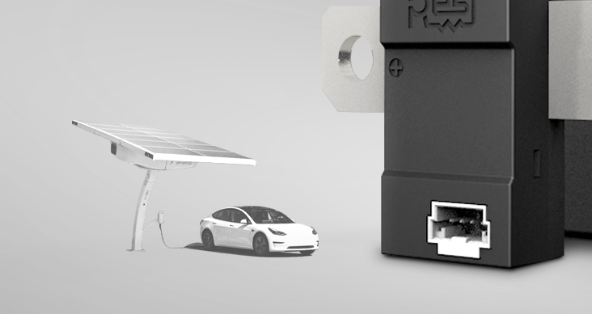
The grid side current collection data is transmitted back to the main control part, which uses the harmonic detection algorithm to quickly and accurately calculate the load harmonic current, and forms a closed-loop control through PWM to control the modulation of the three-phase inverter part and the data collected by the output current of the inverter part, so as to make targeted harmonic compensation. A relatively excellent SVG can compensate up to 25 harmonics. So these two current acquisition accuracy, bandwidth, temperature drift requirements are higher.
At present, some schemes use current transformer as the choice of current detection for cost consideration. However, current transformer generally has a high accuracy at the standard frequency point, and its accuracy decreases after it exceeds the standard frequency point, so the compensation effect for high harmonics will be reduced. With the development of the domestic closed-loop Hall current sensor, the Hall closed-loop current sensor with high precision, high bandwidth and low temperature drift will gradually become one of the best options for SVG current sampling.
Application scenario 4: Medium and high frequency heating devices
Intermediate frequency heating equipment uses the thermal effect formed by the induction current (eddy current) generated by the conductor in the alternating electromagnetic field to heat the conductor itself. According to different heating process requirements, the power supply of induction heating can be classified into power frequency (50/60Hz), intermediate frequency (1-20KHz), high frequency (above 20KHz) and so on. Because of its high heating efficiency, fast speed, good controllability and other advantages, it is widely used in metal melting, diathermy, heat treatment and welding and other industrial processes.
The typical block diagram of medium and high frequency heating scheme is as follows. Similar to the frequency converter, it includes three-phase rectifier part, DC part, inverter part and isolated output part.
Considering cost and actual measurement requirements, shunt or open-loop Hall current sensor can be directly used for DC part. For inverter part of current detection, closed-loop control and partial protection of output are needed to ensure constant accuracy of output current. For application scenarios requiring high accuracy of current output, high-precision closed-loop Hall current sensors should be selected.
-

Battery Maker CATL Tops 1 Tril
Yes, each step of production and finished products will be came out inspection b...
2021-09-07 view+ -
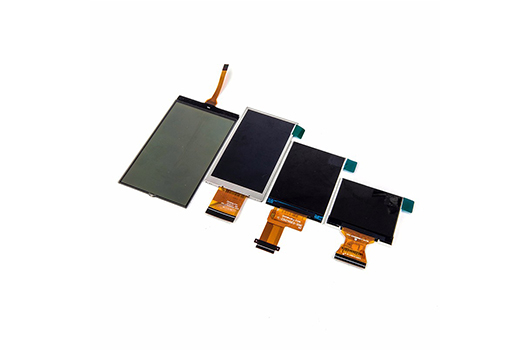
Something about Thin film res
Thin film resistor is one of the main resistor components used in circuit system...
2023-06-23 view+ -
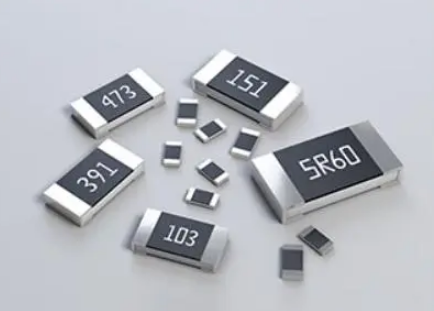
How to Choose the Right SMD Sh
SMD Shunt, also known as Surface Mount Device Shunt, is a crucial component in c...
2023-11-15 view+ -
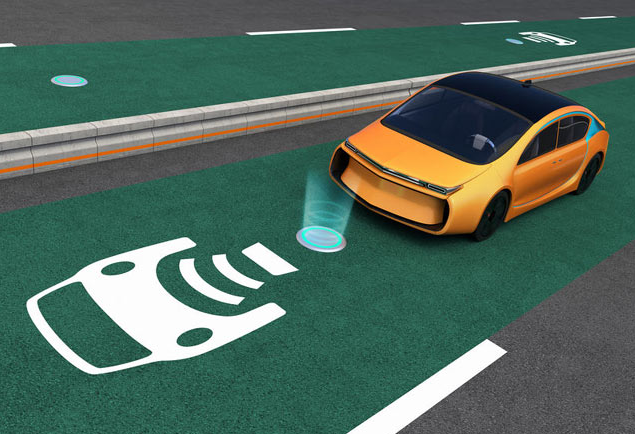
Wireless charging vehicle will
BMS precision diverter technology is widely used and very mature in new energy v...
2023-04-26 view+


